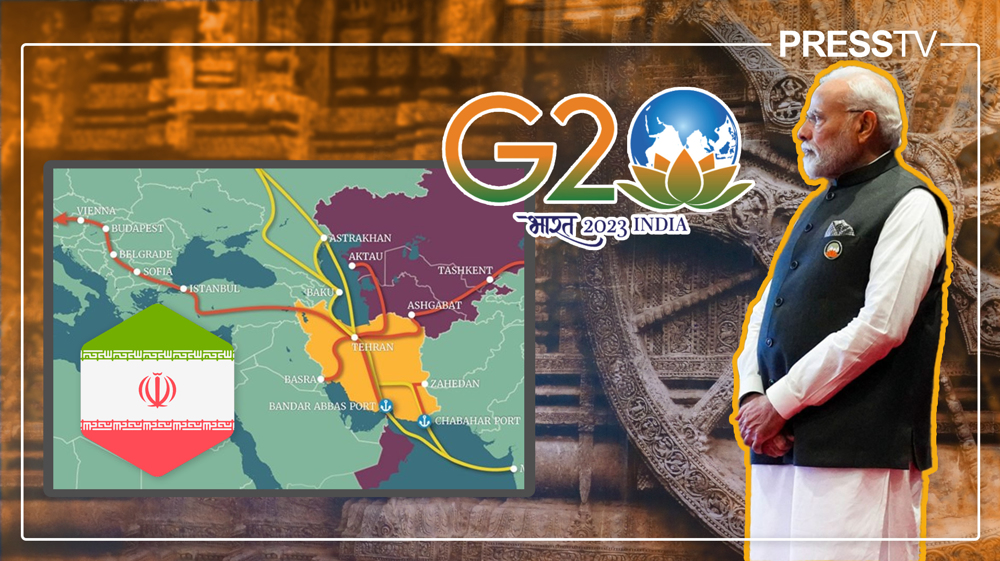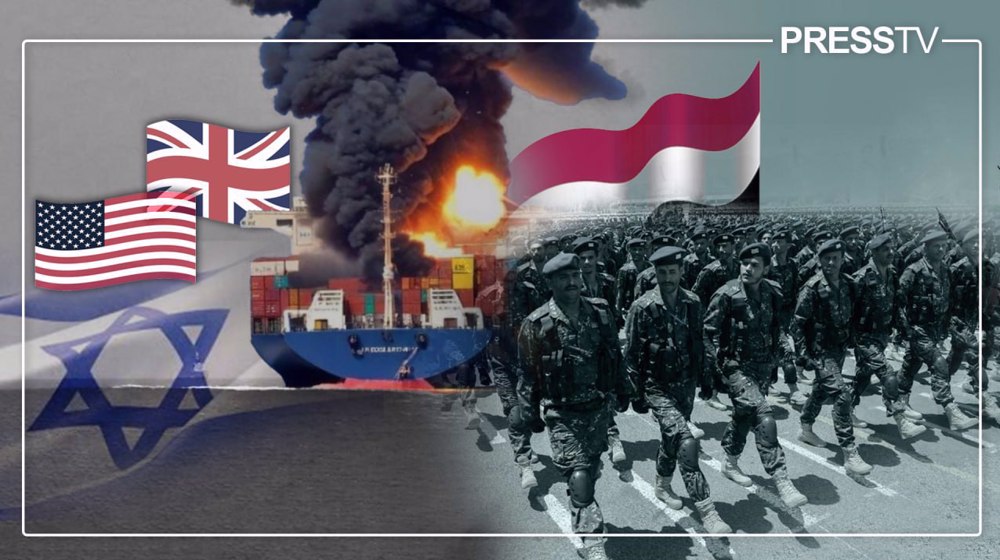India-Arab-Med Corridor needs Iran for viability
By Farzad Salimifar
In 2023, the G20 summit in New Delhi announced a major new initiative: the India-Arab-Med Corridor. This proposed trade and investment route would connect India, West Asia, and the Mediterranean region. The realization of the project revolves around the collaboration of the West Asian countries. West Asia is a region of great economic potential, but it also faces a number of challenges that can make it difficult for corporations.
The India-Arab-Med Corridor project is not as easy as it seems to be. As Navdeep Suri commented on the project, “Translating a conceptually possible project into an economically viable one will require a high order of political will and diligent execution.” There are several challenges to the project:
1) More borders, more challenges
The project is envisioned to connect India to Europe through rail networks of 4 countries before sailing again to the EU borders. Harmonizing different railway lines is as challenging as provision of efficient and trustworthy customs processes. Each of these countries has its own challenges with developing and connecting their rail networks. The prospects for the rail lines beyond Saudi Arabia are laid in ambiguity. As once Navdeep Suri remarked, Jordan is reluctant to comment on the proposed railway corridor. The only National Railway Project in Jordan is focused on north-south development and connection with GCC countries. At the moment, there isn’t any official plan to connect Jordan’s rail network to Europe other than through Türkiye; other speculations are only calculated as “potential” by others. Jordan is the dead-end for the corridor.
2) Viability matters
Navdeep Suri correctly pointed out the fragile economic viability of the project, which is largely dependent on the freight volumes. This is an interdependent challenge; as long as the ambiguity in freight volumes persists, the viability of the project remains unclear, and vice versa. Further, the project is a multi-model corridor, passing through sea, land, and sea again to the EU, making the support more expensive and difficult. This is disadvantageous in comparison to other corridors like the International North-South Transport Corridor (INSTC).
3) Funding matters
The India-Arab-Med Corridor is a complex project in terms of national and foreign direct investments. Saudi Arabia and the UAE are self-sufficient, but challenges remain on Jordan’s side. Not only Jordan doesn’t have any other plan to direct national investment to connect the national rail network than through Turkey to connect to the EU, the foreign direct investment seems not to be happening either. There is no guarantee that the political and the funding wills materialize. Even experts doubted the US promise of investment. India also has difficulties attracting international investment to the project. Even the EU remained silent when it came to investment.
4) Tensions matter
Wes Asia has always been a sensitive region. Jordan has bilateral issues with Israel but maintains good relationships with Turkey. On the other side, Greece’s motivation to support the corridor is mainly to step up against Turkey. Further, the Palestinian question is still serious for Islamic countries. Jordan is still extremely wary of cooperating too closely with Israel on public projects, and the Saudis do not officially recognize Israel. Even in case of any viable rapprochement between Saudi Arabia and Israel, the region cannot fully be without tension about the relationships between Persian Gulf countries and the US, especially after recent rapprochements with China and Russia, and the widespread and systematic human rights violations of Israel in Gaza after October 7. Even if the governments compromise, the people would react.
5) Geography matters
The corridor is projected to cross the deserts from the UAE to Saudi Arabia and then on to Jordan, which substantially increases the cost of the project. However, the main issue is not the inshore routes, but the sea route that connects Mumbai to the UAE. As soon as the cargos leave the Mumbai port, they have to pass through the Strait of Hormuz to reach the UAE ports. The strait is one of the busiest sea corridors, mostly loaded with oil and gas tankers, making it dangerous as well. Overloading the corridor with further traffic threatens the viability of the India- Arab-Med Corridor, especially during peak season, July to September; the waiting time can be as long as 72 hours. Not to mention, the waiting time may get extended due to the size of the ships, traffic, weather conditions, checkouts and further measures in case of any tensions in the sea. This increases the unreliability, unpredictability, and cost of freight, which is detrimental to any economic corridor. Further, in case of any sea accident in the strait, the disruption would entail serious implications for oil supply, maritime trade and oil prices, especially when global oil stocks are low. This, in turn, increases the overall risk of investment in a project that is dependent on passing through the Strait of Hormuz.
6) Strategic autonomy matters
The contribution of the India-Arab-Med Corridor to the strategic autonomy of India is seriously unknown. Regional experts are regarding the project as the direct result of the US-China rivalry. It is important to understand how much India wants to take a role in the tension between China and the US. This is very contrary to the remarks of External Affairs Minister S. Jaishankar about the “Asian Century”. Further, the important question is how India calibrates its strategic autonomy in such a situation. On the other hand, Saudi Arabia, the UAE and even Italy are officially part of China’s Belt and Road Initiative (BRI) and are trying to establish their strategic autonomy instead of boycotting the BRI. So why should India pay the most in the rivalry between the US and China?
There are other experts who try to pose the India-Arab-Med Corridor as a substitute for the INSTC and Chabahar port. Some others claim that the tensions in the Caucasus region and US unilateral coercive measures against Iran have discouraged India from the INSTC and Chabahar port. Still, some experts, including Navdeep Suri, believe the India-Arab-Med Corridor should not be seen as an attempt to undermine the INSTC and Chabahar projects. He points out, “Each one of these has its own place in the geo-economics of the region and each can stand on its own if it delivers on its promise.”
Navdeep Suri is correct in his remarks. All countries may have bilateral challenges, especially in regions like West Asia. For India, the strategic autonomy in corridor projects should stem from the interdependency of each of the countries to hedge its own interests in the possible bilateral tensions among the participants. Iran has always been an important factor in the realization of India’s strategic autonomy, the same role Russia possesses, especially in the past two years. Recent diplomatic rapprochements between Iran and GCC countries, especially with Saudi Arabia, are promising a more politically-stable region, and more importantly, political stability in Iran. Further, the resumption of ties has positively softened the Sunni-Shia positions inside India as well. Therefore, India’s interest in the resumption of ties between Iran and the GCC has positive impacts at home and thus should be leveraged through corridor connectivity.
Contrary to the efforts that pose the INSTC as irrelevant today in corridor competitions, it is the most operational option to access Russia through Armenia and access the EU through Armenia and Turkey. According to Iran’s former CEO of the Ports and Maritime Organisation, the country’s route to the EU is the most affordable and suitable in terms of distance, natural conditions and price. The India-Arab-Med Corridor does not ride out the INSTC for the GCC as well. Contrary to Western propaganda, in the last two years, their willingness to utilize the INSTC to reach Russia has increased. For example, in August 2023, Saudi Arabia for the first time exported 36 containers through the INSTC to Russia.
Suggestion
The India-Arab-Med Corridor would benefit millions of people but the risks and challenges are still valid. India’s share in Chabahar and the INSTC is important in the provision of hedging. There are several complementary corridors passing through Iran that India can leverage for its strategic autonomy. For instance, India can be connected to Iraq through Iran’s new railway project and it can reach Jordan through Iraq as soon as Jordan completes the planned rail lines. Further, India can utilize Chabahar to bypass the risk and traffic of the Strait of Hormuz for utilizing the India-Arab-Med Corridor. The rail line that connects Chabahar to the rail network is almost completed. As soon as the connection materializes, the cargos can have access to the Khoramshahr and Imam Khomeini ports in the Persian Gulf, which can be the platform to connect India to the UAE.
Iran does not belong to any corridor. This is against the historical role of this country in connecting the East and the West. Iran has always emphasized the synergy of corridors for cultural diversity and dialogue between civilizations, and this is the basis of Iran’s culture and civilization. Therefore, the India-Arab-Med Corridor has not been perceived as a threat to the Chabahar project. This is a view based on cooperation and collaboration, which India should not ignore.
Farzad Salimifar has a PhD in India Studies from the University of Tehran.
(The views expressed in this article do not necessarily reflect those of Press TV)
'Gaza has won': Social media users react to ceasefire with mix of relief, joy
Iran seeks South Korea’s assistance for AI, fiber-optic projects
VIDEO | Iran's 'Eqtedar' (Power) maneuver
Israel hits HTS military target in Syria for 1st time since fall of Assad
VIDEO | Press TV's news headlines
Israel has slaughtered 13,000 students in Gaza, West Bank
VIDEO | More Zionist than Zionists: Biden’s legacy to be defined by Gaza genocide
Hamas confirms handing approval of Gaza ceasefire deal to mediators










 This makes it easy to access the Press TV website
This makes it easy to access the Press TV website